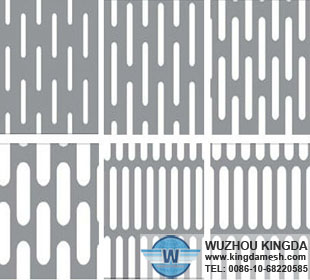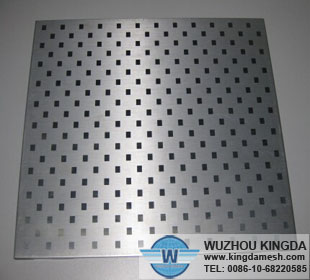The height of design
False ceilings have been through the fashion cycle — very much in vogue in the 70s, then violently out of favour for a couple of decades, and now back with a vengeance. Highlighting the ceiling is hot again, and apart from adding dazzle to room design, false or dropped ceilings come in handy to tuck away ugly piping, wiring or ductworks.
Today’s suspended ceiling systems come in a variety of styles, textures, grids and colours, giving endless design possibilities and choices. They are easy to install and come either in the grid type or in gypsum, with fire safety and eco-friendly factors included. A test done by the Warrington Fire company in 2005 revealed that a drop ceiling could withstand a fire for 109 minutes, allowing ample time for rescue, recovery or extinguishing.
Equally important, having the wiring and plumbing systems all hidden and yet easily accessible in one place is a huge advantage for repairs and modifications. In case of an overhead seepage, it’s no problem to replace a couple of damaged panels. These ceilings also accentuate and dramatise lighting in a room and are particularly necessary for cove lighting, concealed lighting, and for dramatic lighting at two or three levels.
Finally, the insulating effect of suspended ceiling panels is huge. The interiors stay much cooler or warmer than the outdoors, and can lower electric cooling and heating bills considerably. You can also choose to use white or light-coloured panels, especially in office spaces, to create bright spaces, optimise light reflection, and thus reduce artificial lighting in the room.




